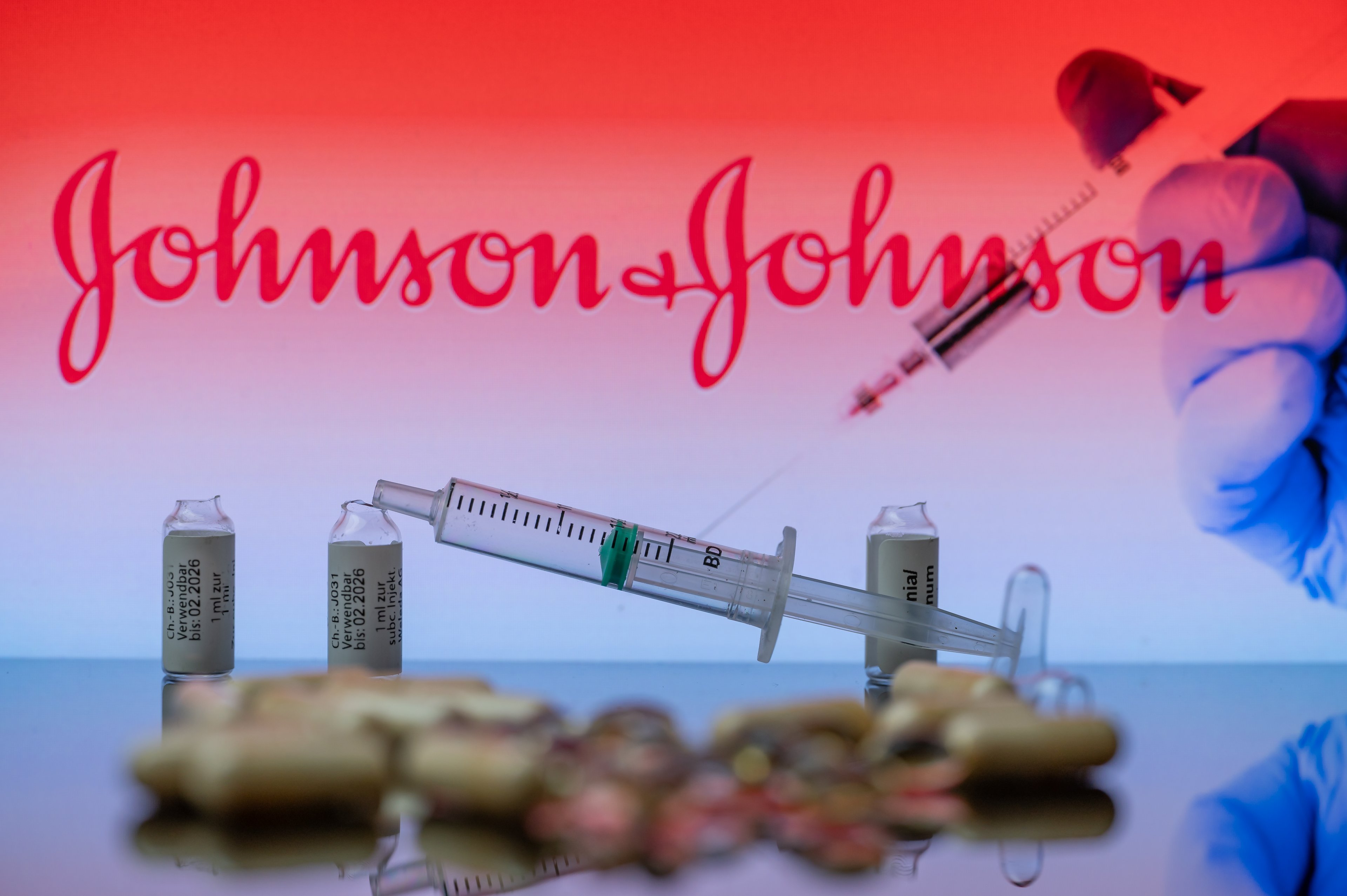
Image source: Johnson & Johnson.
On Tuesday morning, healthcare conglomerate Johnson & Johnson (JNJ 0.33%) released its fourth-quarter earnings results, with the data looking more or less in-line with what we've seen in recent quarters (i.e., a revenue miss and a profit beat). Total sales for Q4 came in at $17.81 billion, a decrease of 2.4% from the year-ago quarter, and about $70 million shy of what Wall Street analysts had been looking for. On the flipside, adjusted EPS of $1.44 was a 5.1% improvement from Q4 2014, and topped the Street's consensus estimate by $0.02 per share.
Four reasons Johnson & Johnson stock soared
But the reaction from investors was anything but mixed. As a company known for generally having below-average volatility, Johnson & Johnson galloped well past the notable gains seen in the S&P 500 on Tuesday, rising $3.92 on the session, or 4%.
What was behind what may have been J&J's best trading day in a very long time? I suspect the overabundance of optimism can be narrowed down to the following four points.
1. All three J&J segments are growing on an operational basis
To begin with, investors got excited about Johnson & Johnson's fourth-quarter growth when examined at the operating level. By operating level I mean removing the effect currency had on J&J's overseas results, and eliminating what benefits and losses it suffered from acquisitions, divestitures, and its hepatitis C franchise. By looking at J&J's operating results we get a truer feel for demand and pricing power.
As a whole, J&J reported global operational sales growth of 7.8% for Q4, with currency providing a negative 6.8% hit, and divestitures, acquisitions, and its HCV franchise reducing results by another 3.4%. Domestic sales rose 13.4%, and international sales ticked higher by 2.9% on an apples-to-apples basis.
Additionally, all segments demonstrated signs of growth on an operating basis. Consumer health sales rose 4.1%, global pharmaceutical revenue jumped 11%, and medical device growth sales edged up by 2.5%.
In other words, if you look past the revenue decline in the headlines, you'll actually see a company with growing demand and decent pricing power at the operating level.

Image source: Flickr user StockMonkeys.com.
2. Full-year guidance for 2016 was strong
Secondly, Johnson & Johnson's full-year 2016 guidance was probably better than most investors had expected.
As per the norm, Johnson & Johnson's revenue guidance was conservative, with the healthcare giant estimating full-year sales in 2016 of $70.8 billion to $71.5 billion. Wall Street had been modeling nearly $71.9 billion in sales, so on this account J&J's guidance might seem disappointing.
However, don't forget the effects foreign currency translation has had on J&J's top-line. Excluding these currency effects, acquisitions, divestments, and those aforementioned hepatitis C sales since Olysio has essentially become obsolete, J&J is itself modeling 4.5% to 6% operational sales growth. My suspicion here is that analysts simply aren't adjusting their revenue models as often as J&J is, thus the difference in J&J's revenue forecast and Wall Street's consensus.
On an adjusted earnings basis J&J is forecasting $6.43 to $6.58 per share, or operational earnings growth in the 5.3% to 7.7% range. Wall Street had only been forecasting $6.38 in EPS for full-year 2016, so J&J appears to have easily topped the mark here.
3. Invokana and Imbruvica sales leaped higher again
Two key long-term therapies in J&J's pharmaceutical portfolio continued to rock despite fears that near-term growth might slow.

Image source: Johnson & Johnson.
Type 2 diabetes drug Invokana, an SGLT-2 inhibitor, has shown no signs of slowing down despite facing tough competition from the likes of Jardiance, an SGLT-2 inhibitor developed by Eli Lilly (LLY +0.52%) and Boehringer Ingelheim. Jardiance's claim to fame is its long-term cardiovascular outcomes trial known as EMPA-REG OUTCOME, which showed a statistically significant reduction in risk of death for type 2 diabetes patients taking Jardiance relative to the current standard of care. With J&J's CV outcomes study readout for Invokana still around a year out, the worry had been that Eli Lilly's and Boehringer's Jardiance would siphon away sales. That doesn't seem to be the case though, with global Invokana sales rising 85% to $372 million, and $32 million from the sequential third quarter.
Despite its monstrous price tag, blood cancer drug Imbruvica also demonstrated solid growth, especially in overseas markets, where sales more than quadrupled from the year-ago quarter. In total, Imbruvica revenue for J&J tallied $235 million in Q4 and $689 million for the full-year.
4. It's on the acquisition hunt
Lastly, Johnson & Johnson also ended the year with roughly $18.5 billion in net cash, and as it's stated many times before, it remains on the hunt for earnings-accretive acquisitions.

Image source: Pixabay.
For a company J&J's size, it often takes a lot to move the needle, which is why you've seen juggernauts like Pfizer dive headfirst into large-cap and megacap deals. But that's not the strategy that's worked best for Johnson & Johnson. It's had incredible success finding those pharmaceutical and device-making diamonds in the rough in the small-cap and mid-cap valuation range. Buying developmental companies could allow J&J to use its expertise to speed up the innovative process -- and J&J's financial backing could expedite production should a drug or device be approved by the Food and Drug Administration.
I believe investors are excited about management's optimistic tone regarding what J&J might do with its cash.
Johnson & Johnson: still an attractive company
Following a challenging year that saw J&J overcome a 91% drop in hepatitis C sales in the U.S., as well as a rising U.S. dollar which hurt its overseas growth, I remain as convinced as ever that J&J is on the right track.
J&J's diversity should put it on the radar of just about any type of investor. If you like growth, J&J's pharmaceutical segment has everything you're looking for. If you want cash flow stability, how about its consumer health operations? Long-tail growth opportunities? Look no further than medical devices, which should benefit as global access to medical care improves. And if you just want income, how does a 53-year streak of dividend increases sound?
If you're looking for a solid business to add to your investment portfolio during these volatile times, give Johnson & Johnson a closer look.








